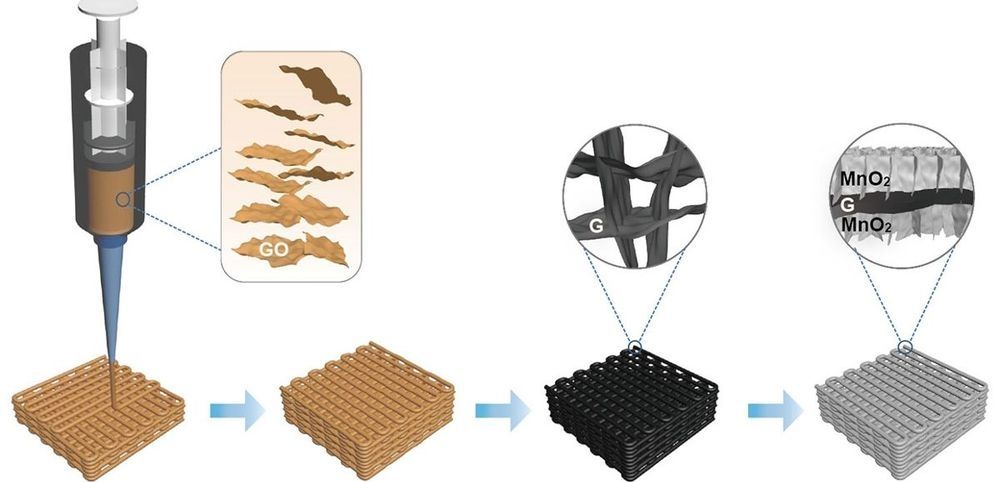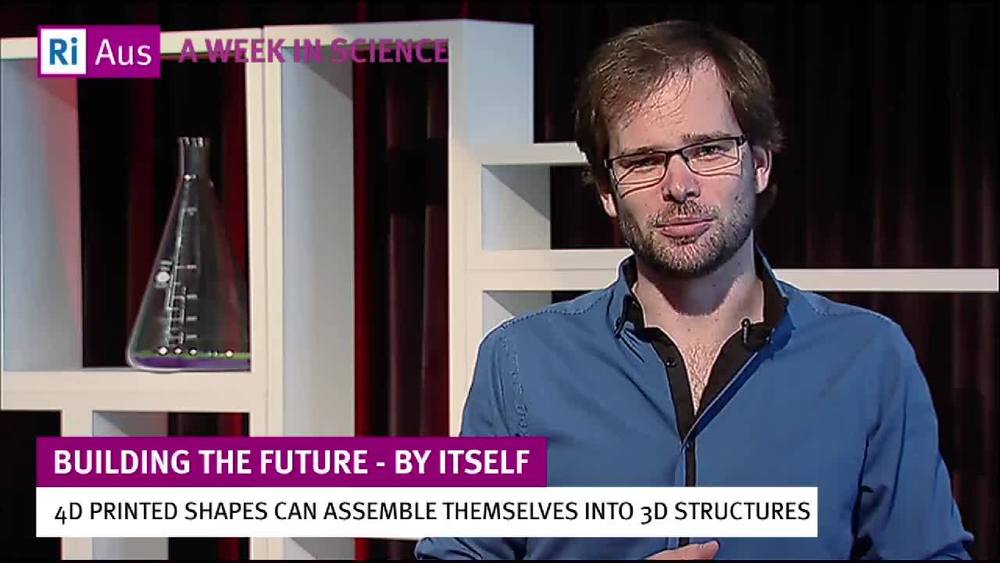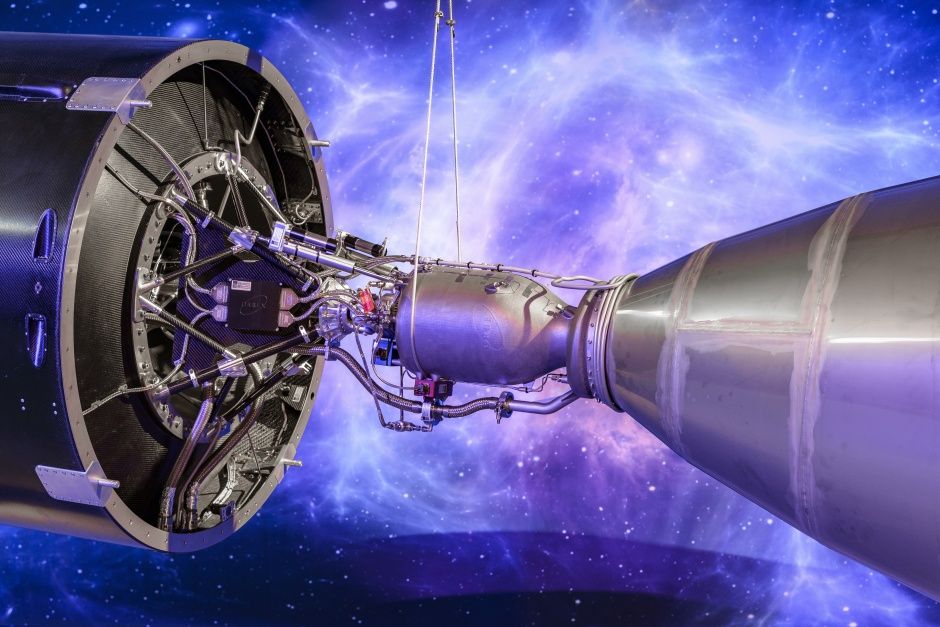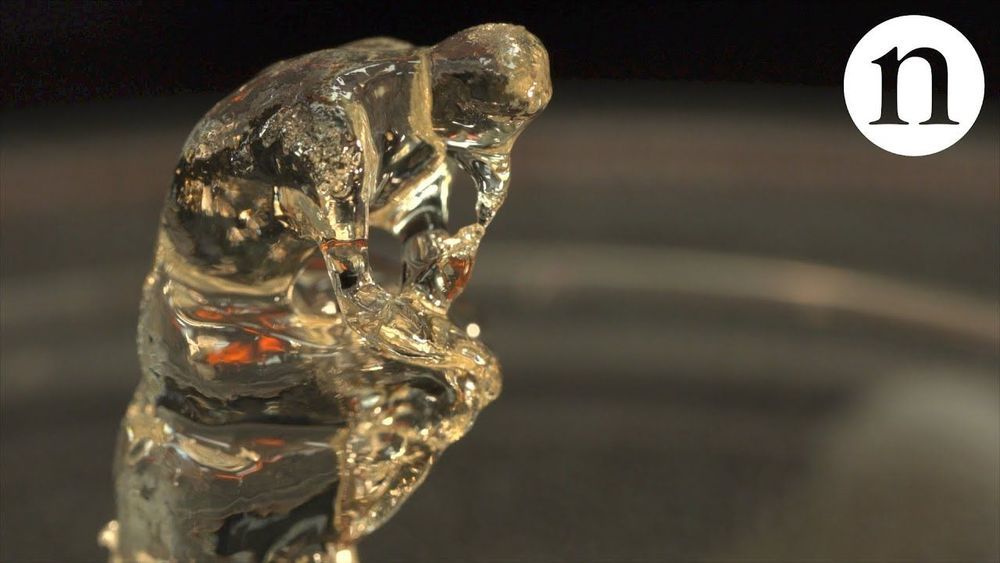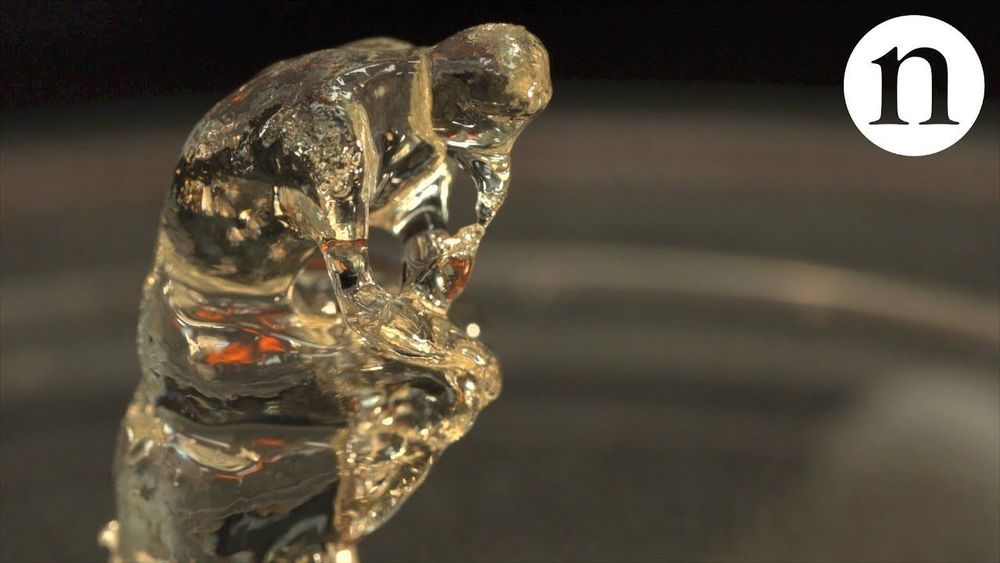Researchers are using 3D printing to develop electrodes with the highest electric charge store per unit of surface area ever reported for a supercapacitor.
A research collaboration from the University of California Santa Cruz and the U.S. Department of Energy’s Lawrence Livermore National Laboratory have 3D printed a graphene aerogel that enabled them to develop a porous three-dimensional scaffold loaded with manganese oxide that yields better supercapacitor electrodes. The recently published their findings in Joule. Yat Li, a professor of chemistry and biochemistry at UC Santa Cruz, explained the breakthrough in an interview with R&D Magazine.
“So what we’re trying to address in this paper is really the loading of the materials and the amount of energy we can store,” Li said. “What we are trying to do is use a printing method to print where we can control the thickness and volume.

